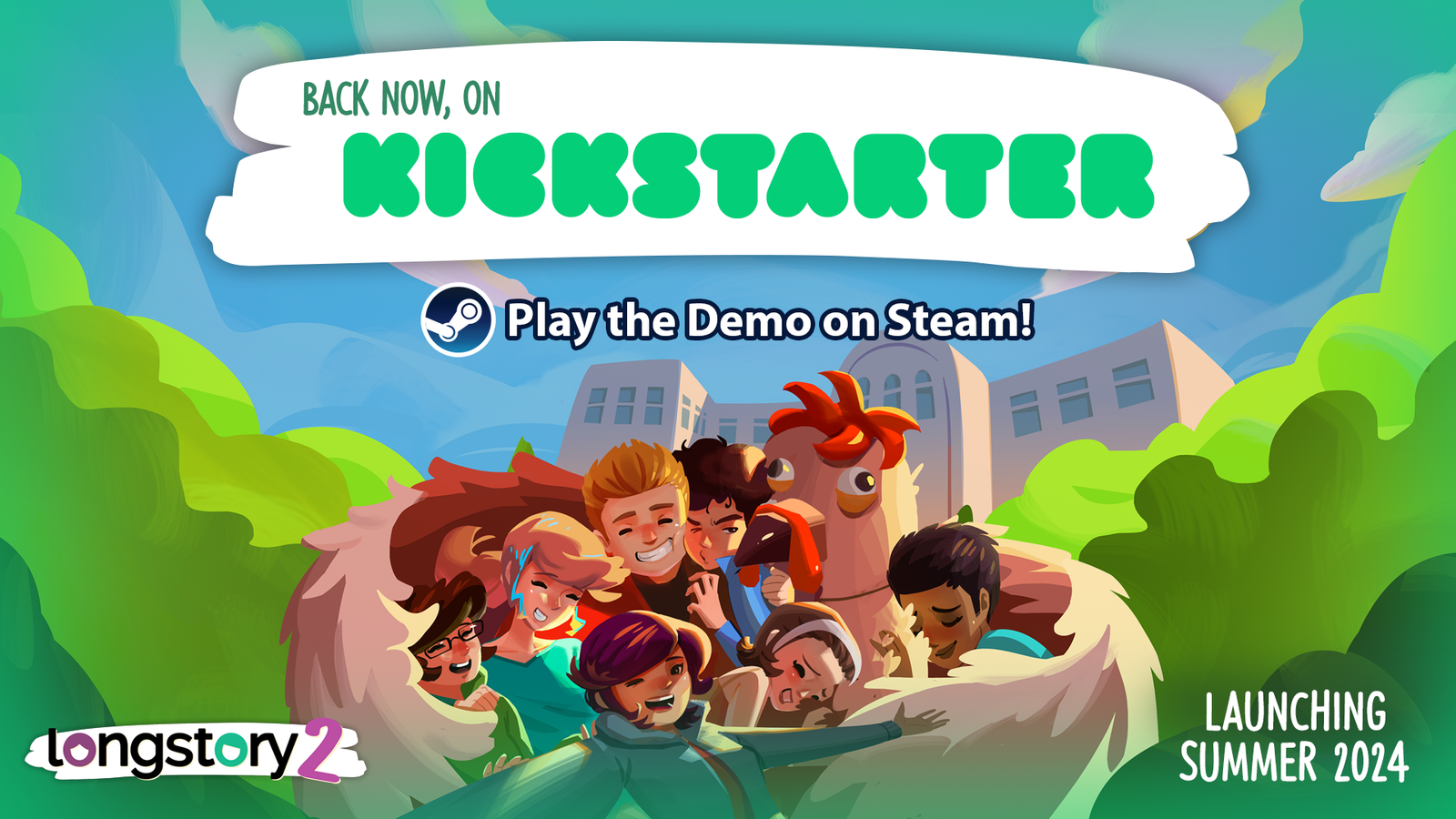
For our Dungeon World in the Shahnameh summer camp at the Aga Khan Museum, one of the challenges in the prep was writing adventures for up to four groups of players that kept them all wrapped up in Rostam’s Seven Trials, without tripping over Rostam or changing his story, and didn’t have them competing with each other or deciding some groups or GMs were doing things “wrong”.
I initially considered writing a single adventure and sending each group down the path on their own, as if each was playing their own playthrough of a videogame, but that’s ignoring some of the best things about tabletop games – collaboration and spontaneity. In the end, after a great brainstorming session with Daniel Kwan (who runs a huge collaborative multi-group epic campaign for kids at the Royal Ontario Museum) I came upon a shared map solution.
The way it worked was, I broke down the route that Rostam travels in the Shahnameh as he pursues his Seven Trials. He travels from Zabolistan, through several distinct regions, to Mazanderan, and fights a climactic fight in a cave in the mountains. For our campers, I decided that they too would travel this route, but always a step or two behind Rostam, so they could collect signs of his passing but not interfere with his story – instead, his story would interfere with their quests. And I ended up writing four adventure seeds for our camp, so that each group was on their own quest that didn’t have them racing or fighting each other for “win” conditions.
As I mentioned in an earlier post, it was a beautiful dream to think that groups of gamers would commit to a linear adventure path, especially kids, but having a strong motivation for them to get moving turned out to be enough to get them started, while the lure of the map they were all using kept most groups moving. I would draw the map on the whiteboard every morning and we would often go over our progress by citing things we’d found in each region, which kept kids focused on their travels and also allowed them to share narratives from their game with each other and for us all to discuss them. The other thing we did, which is pictured above, is take over a big bulletin board in the hallway outside our classrooms, divide it into the regions and let the kids make landmarks, monsters, PCs (player characters, NPCs (non-player characters) and other notable memories out of craft supplies and we stapled them to the board. This meant that even when players weren’t invested in the details of their own quest, they were still curious about and slightly competitive with the other groups when it came to making it to Mazanderan. This wasn’t a complete fix, but I think it did help the GMs keep their groups in known territory, even when the storylines were well off the rails.
These were my first adventures and I learned a lot from my own group as well as the other three GMs and their groups. The format I used was incredibly bare-bones – each adventure was given a plot hook, an NPC, a creature and a cool piece of treasure I statted out. Beyond that, they all shared the same regional breakdown, where each region along Rostam’s path was described and potential encounters and discoveries were listed, as well as a few signs of Rostam’s passing that the GMs could sprinkle in to remind the players of their connection to the story. I got this idea from Jason Lutes’ “Perilous Almanacs”, a Dungeon World-friendly collection of regions described via their contents, all nicely laid out for GMs to grab what they liked from. To keep continuity, the GMs and I would have a short meeting at the end of every day. If anyone’s players burned down, say, a castle, we’d all hear about it and only castle remains would be found by any followup adventurers. I think, in future, more hook-specific writing, more fleshed out statistics for a wider range of encounters and way more possible side quests and such would really flesh out potential adventures for group like these, where everyone was new to the idea of gaming but also easily distracted.
Now I wrote these adventures for the museum, so I can’t share all the details with you, but next week I’m going to talk a bit about how we used the museum’s exhibits, artifacts and the story alongside arts and crafts to flesh out the educational aspect of the camp and also help immerse the kids even further in the game. That will probably be my last post on this subject, and we’ll return to your regularly scheduled research posts – thanks to everyone on my Patreon for making these possible!







Leave a Reply